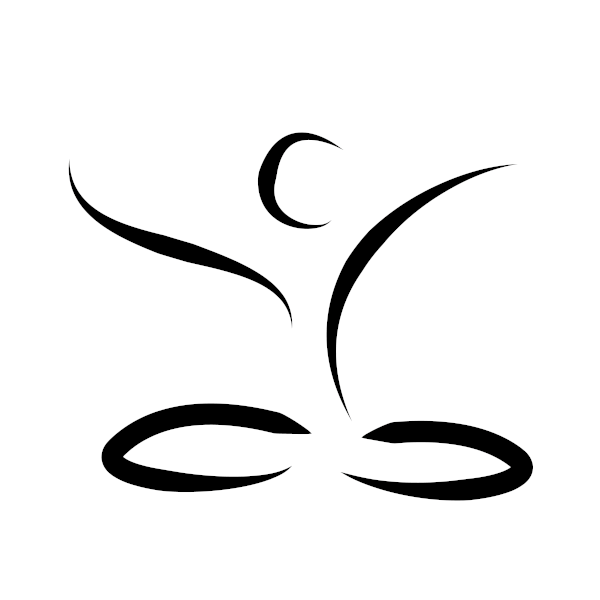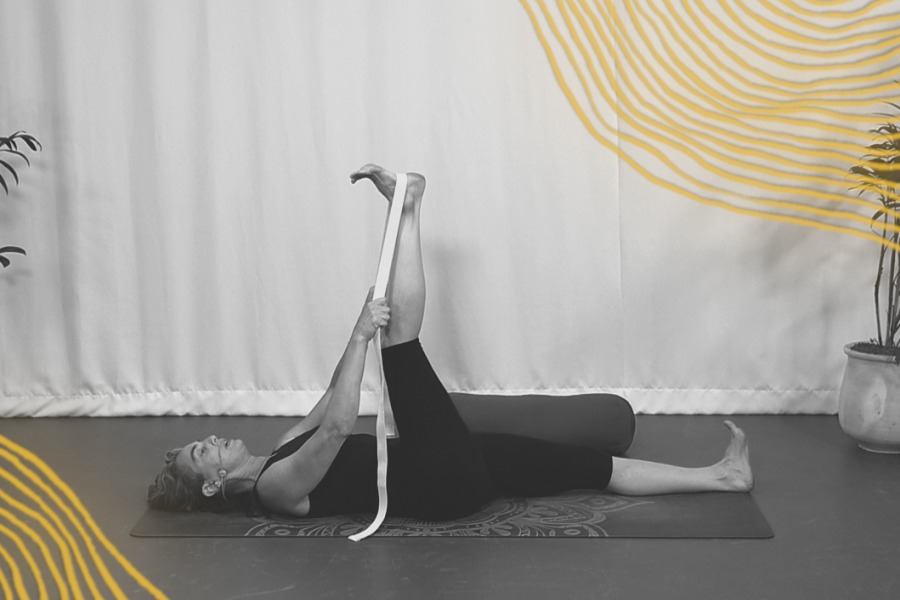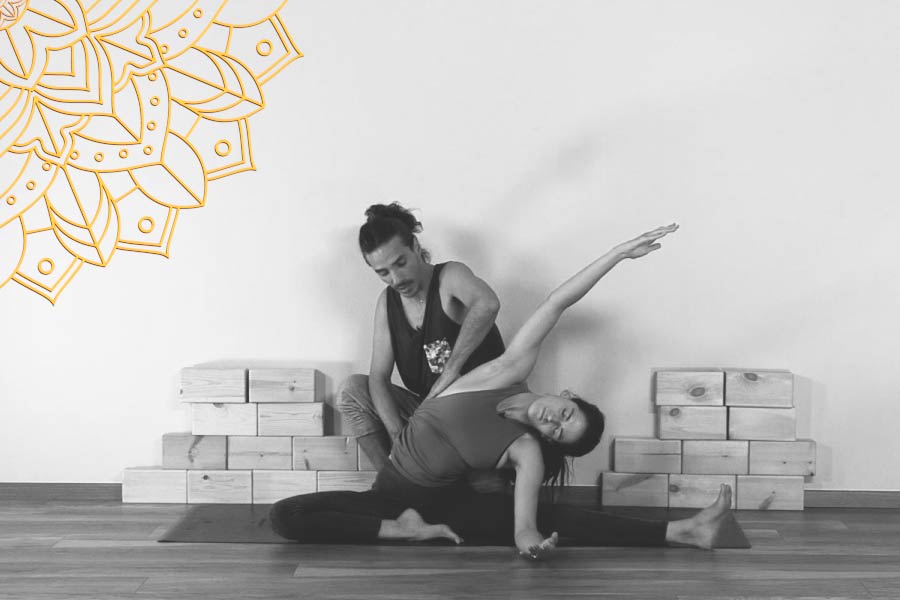Fascia Yoga
Back to all Methods

Fascia is a term that describes a connective tissue that engulfs our organs, muscles and bones. It is like an encasement, like an article of clothing that surrounds our bodies internally. It reacts to the stressors our bodies apply on it, and by the same logic, it can also be injured and stressed. This is commonly the root cause of loss of mobility and function.
The two primary mechanisms that induce the most common fascial injury are associated with over activity of our muscles, as seen in people who work long hours at their computer, staring down at the screen for a prolonged time. This often results in an increased fascial stress and will tighten into a flexion like a piece of cloth that stretched between the chest and is stretching to our belly buttons, ultimately resulting in a hump (kyphosis) in our upper back, causing the head to shift from its natural axis forward and misaligns from the spinal column.
The second most common cause of fascial stress is a lack of movement. The lack of mobility causes disturbances in our circulation causing decreased blood flow to our fascia leading to its “drying out”. For example, a person who is immobilized by a fracture and put in a cast, will suffer a dehydration process within the fascia of their scapula and shoulder. This will naturally lead to a loss of function of that limb and ultimately to an imbalance and other physical stress in our body
Courses

connective tissue (fascia)
Yoga of the tissues
Fashia yoga is a practice for the tissues in our body,
those who protect our muscles and our joints.
In this course we will learn what is Fashia and what is the Fashia’s rule in our system.
This practice will increase our range of movement,
Better our elasticity, as well touch deeper aspects
and layers of the Fashia and its purpose in our body
Looking good on the outside and feeling great inside.

Fascia yoga
Fascia yoga
This course is aimed to provide you with the tools to increase joint mobility and relieve myofascial stress. We will train and apply therapeutic movements that utilize bodyweight stretching along with elongation techniques that employ physical resistance by pressure and heat. The massage techniques taught in this course will help to alleviate myofascial tension, increase tissue blood flow and improve your range of motion and mobility and recovery time.
While these exercises are generally practiced in pairs, individual practice is possible.